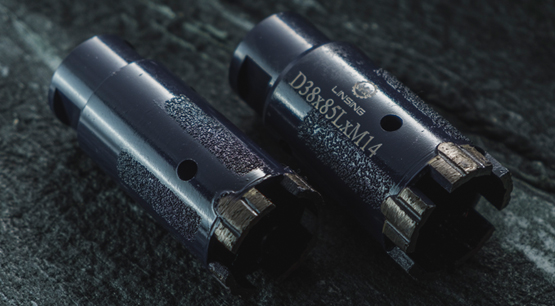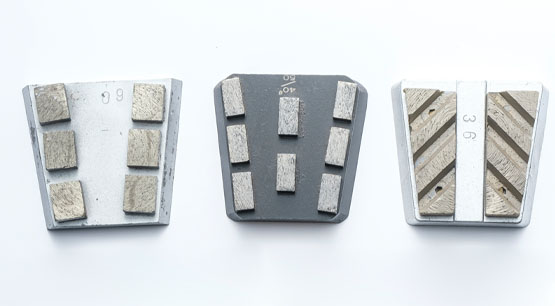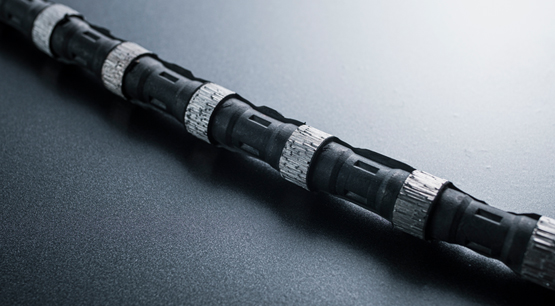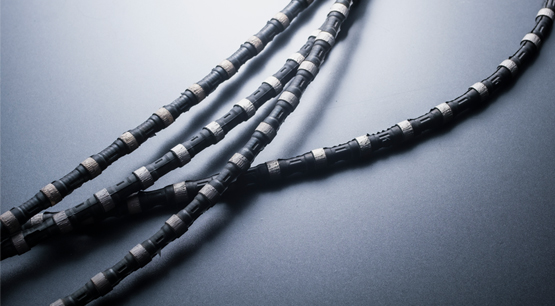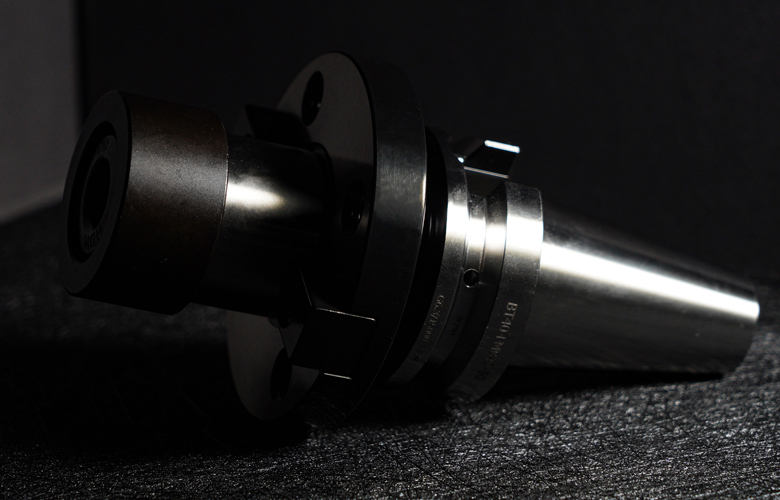A diamond wire saw consists of several key components, each playing a vital role in its operation. The main components include:
- Diamond Wire
- Wire Saw Beads
- Core Wire
- Bonding Matrix
- Injection Molding or Sintering
1. Diamond Wire
The diamond wire is the most critical component of a diamond wire saw. It is a steel wire embedded with diamond particles, which act as the cutting medium. The wire is typically made of high-strength steel to withstand the stresses of cutting hard materials.
1.1 Composition
The diamond wire consists of:
- Steel Core: Provides strength and flexibility to the wire.
- Diamond Particles: These are industrial diamonds embedded along the length of the wire, providing the cutting ability.
1.2 Types of Diamond Wires
There are various types of diamond wires based on the materials they are intended to cut and the cutting environment:
- Continuous Loop Wire: Used in stationary wire saw machines.
- Endless Wire: Typically used in portable machines.
2. Wire Saw Beads
Wire saw beads are cylindrical segments strung along the steel core of the diamond wire. Each bead contains diamond particles embedded in a metal matrix.
2.1 Bead Structure
- Core: Usually made of steel, providing the central support for the bead.
- Diamond Segment: Contains diamond particles in a metal bond, responsible for cutting.
2.2 Bead Spacing
The spacing between beads can vary depending on the application. Closer spacing is used for precise cuts, while wider spacing is used for faster, rougher cuts.
3. Core Wire
The core wire is the central part of the diamond wire, providing structural integrity and transmitting the cutting forces. It is typically made of high-strength steel.
3.1 Material
- High-Strength Steel: Ensures durability and resistance to breaking under high tension.
3.2 Diameter
The diameter of the core wire can vary, affecting the wire’s flexibility and strength. Thinner wires are more flexible but less durable, while thicker wires are stronger but less flexible.
4. Bonding Matrix
The bonding matrix holds the diamond particles in place within the beads. It plays a crucial role in determining the performance and lifespan of the diamond wire.
4.1 Types of Bonding Matrices
- Metal Bond: Used for cutting hard materials like granite and reinforced concrete.
- Resin Bond: Used for cutting softer materials like marble.
4.2 Bond Properties
- Hardness: Determines the wear resistance of the bond.
- Heat Resistance: Essential for maintaining bond integrity during high-temperature cutting operations.
5. Injection Molding or Sintering
The process of embedding diamond particles in the bonding matrix and attaching them to the core wire involves either injection molding or sintering.
5.1 Injection Molding
- Process: Diamond particles and bonding matrix are injected into a mold around the core wire.
- Advantages: Allows for precise control over bead composition and size.
5.2 Sintering
- Process: Diamond particles and bonding matrix are compacted and heated without melting to bond them to the core wire.
- Advantages: Produces strong, durable beads with consistent quality.
Conclusion
The diamond wire saw is a complex and highly efficient cutting tool composed of several key components, each contributing to its overall performance. From the diamond wire itself to the control system, each part plays a critical role in ensuring precise, efficient, and safe cutting operations. Understanding these components helps in optimizing the use of diamond wire saw technology across various applications, from construction and mining to stone processing and metal cutting. With continuous advancements in materials science and technology, the future of diamond wire saw technology promises even greater efficiency and broader application possibilities.




